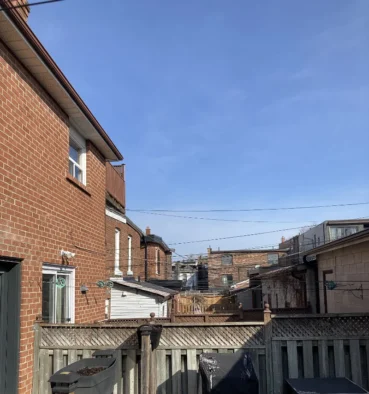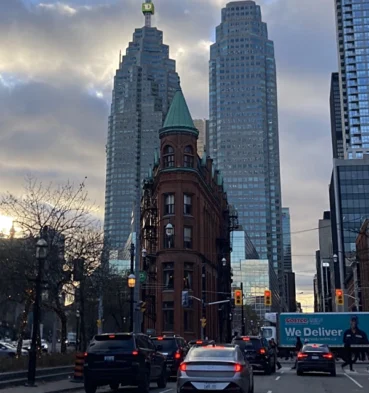Toronto Market Report
2024 Second Quarter Update
Toronto prices rose sharply in the second quarter but down slightly year-over-year with higher inventory levels particularly for condos; sales activity in the first half of 2024 is down compared to H1-2023
In 2022, the Greater Toronto Area, like other real estate markets across the country, saw a significant decline in sales activity. Resale units sold were down 38% year-over-year and 21% when compared to the trailing 5-year average. The slowdown in activity continued throughout 2023, with units sold down a further 12% year-over-year. The Toronto Regional Real Estate Board (TRREB) compiles transaction data for each major market within the GTA, with the TRREB Market Stats dashboard providing historic sales data going back to 1996. While historical stats should never be the sole indicator of what’s to come, they are helpful to review and consider as part of the broader context. In this second-quarter update, we'll outline transaction highlights for each of the communities comprising the municipality of Toronto, as well as overall performance by property type.
GTA Regional Overview
Toronto is the largest city in Canada and the economic and entertainment hub of our country. It is one of our most livable cities, although high home prices continue to put it at a disadvantage to other world-class Canadian cities such as Montreal and Calgary. Nevertheless, with strong immigration levels into our country and a growing population, Toronto will continue to be a major destination.
Beyond the Toronto municipality, which is comprised of Toronto, Scarborough, and Etobicoke, TRREB covers the surrounding GTA regions of Orangeville, York, and Simcoe to the north, Halton and Peel to the west, and Durham to the east. In this report, we will focus on the core Toronto municipality, which is the largest region for overall sales activity in the GTA, representing 37% of all resales in Q2-2024.
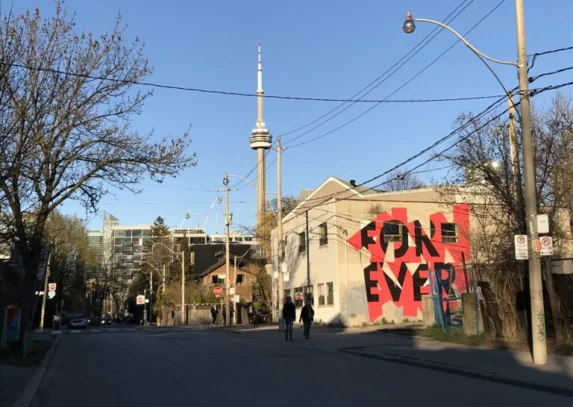
Toronto Municipality
Total Market Overview
Across all communities included in the municipality of Toronto, the average sale price observed in the second quarter of 2024 was $1.18 million, up 12% from the prior quarter but more or less flat from a year ago. When focused on specific property types, both condos and freeholds are up from average sale prices recorded at the end of 2023. Overall activity is still muted through the first half of the year, with condo sales down 10% from the first half of 2023 and freeholds down 2%.
Despite Toronto’s relatively good performance over the past year compared to the surrounding GTA, in the broader context, prices within Toronto proper have experienced less growth over the past 5 years than regions in the surrounding GTA like Pickering, Newmarket, and Brampton. This can be attributed to two things: (1) the relative affordability of these suburban markets surrounding Toronto, and (2) the pandemic’s impact on the need for more space at home. Compared to its average price 5 years ago, homes in Toronto proper are up 35%, while the entire GTA is up 40%. To compare Toronto’s performance against other major markets in the province, check out our article on Top Markets in Ontario here.
Going back further than 5 years, Toronto’s exceptional price growth has been driven by its low supply of resale homes available for buyers. When your market has lots of demand, you need to have lots of people selling or lots of new homes being built. Toronto has neither of these when compared to the overall demand to live in or nearby the city. Add in the fact than many neighbourhoods in downtown Toronto have limited space for new development, such as Liberty Village, and it is evident that housing affordability will continue to be a big issue for the city. Over the trailing 5 years, Toronto has been a tight sellers’ market, with an average of just under two months of resale inventory.
Beginning in March 2022, multiple interest rate hikes resulted in a sharp cooling of the market, with Toronto ending the year with almost 3 months of resale inventory. After falling below 2 months during a strong spring market, back-to-back rate hikes in June and July resulted in inventory more than doubling to end 2023. Inventory declined for all property types and regions to start the year but surprisingly rose across the board in the second quarter, now sitting 1.3 months above the trailing 5-year average for the municipality. Over the last 5 years, Toronto had an average of 18 days on market. With more inventory and properties now selling in 20 days on average, markets conditions remain slightly more favourable for buyers, notwithstanding the higher costs of homes and associated mortgage interest.

Around 60% of properties in the Toronto municipality are condominiums, with the remainder being freehold properties such as detached and semi-detached houses. Housing mix varies widely depending on location, with over 90% of properties sold in the downtown core being condos. Toronto condos are about half the price of their freehold counterparts, with average sale prices in the second quarter of $783K and $1,668K respectively.
Through the second quarter, both property types continue to take longer to sell than a year ago, with condos taking 10 days longer to sell than freeholds. The condo segment has also seen greater supply available for buyers, close to double the trailing 5-year average. Due to higher rates, expensive monthly condo fees are pushing many buyers - and sellers with variable rate mortgages - out of this market. Freehold inventory also increased during the second quarter but remain constrained at just over 2 months of supply. With severely limited space available for the development of new freehold properties in the city, low inventory levels for freeholds will continue to be the norm. However, freehold supply is still slightly higher than its trailing 5 year average.

Community Overview
Downtown Toronto
Downtown Toronto is defined as the area south of Bloor, bounded by Etobicoke to the west and Scarborough to the east. The downtown core is further separated into its east and west districts by Yonge Street, the primary thoroughfare that runs north-south through the city.
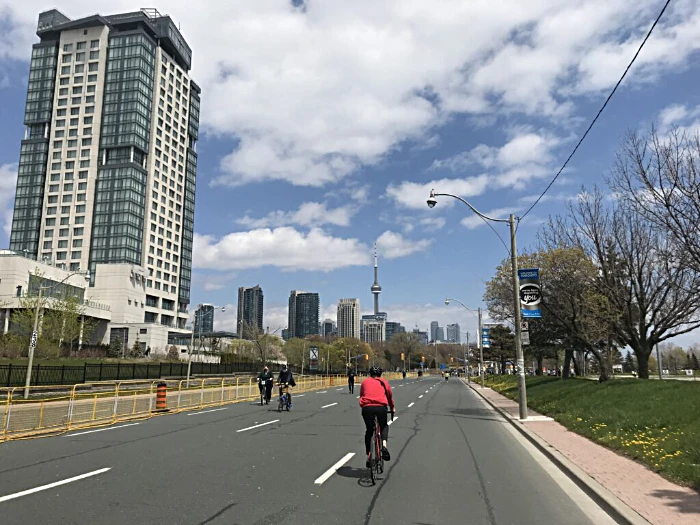
Community Overview
Downtown West
Downtown West, defined by TRREB as the C01 community, is one of the most vibrant areas of the city. Downtown West is close to fully developed, with over 90% of resale activity over the last twelve months pertaining to condominiums. In recent years, and accelerating now, the area has undergone significant housing intensification efforts through the development of various high-rise condos, such as those in the mixed-use “Well” development near Spadina and Front. This will add some additional supply to the market, but if demand grows as expected, low inventory should remain the norm.
Similar to the city as a whole, condos in Downtown West are about half the price of their freehold counterparts, up slightly year-over-year with an average sale price of $796K in Q2-2024. Despite a decline in supply to start the year, condo inventory ballooned in the second quarter and remains above average, with selling times still close to a month on average. Buyers interested in this market have double the available units to choose from, limiting bidding wars and resulting in lower prices.
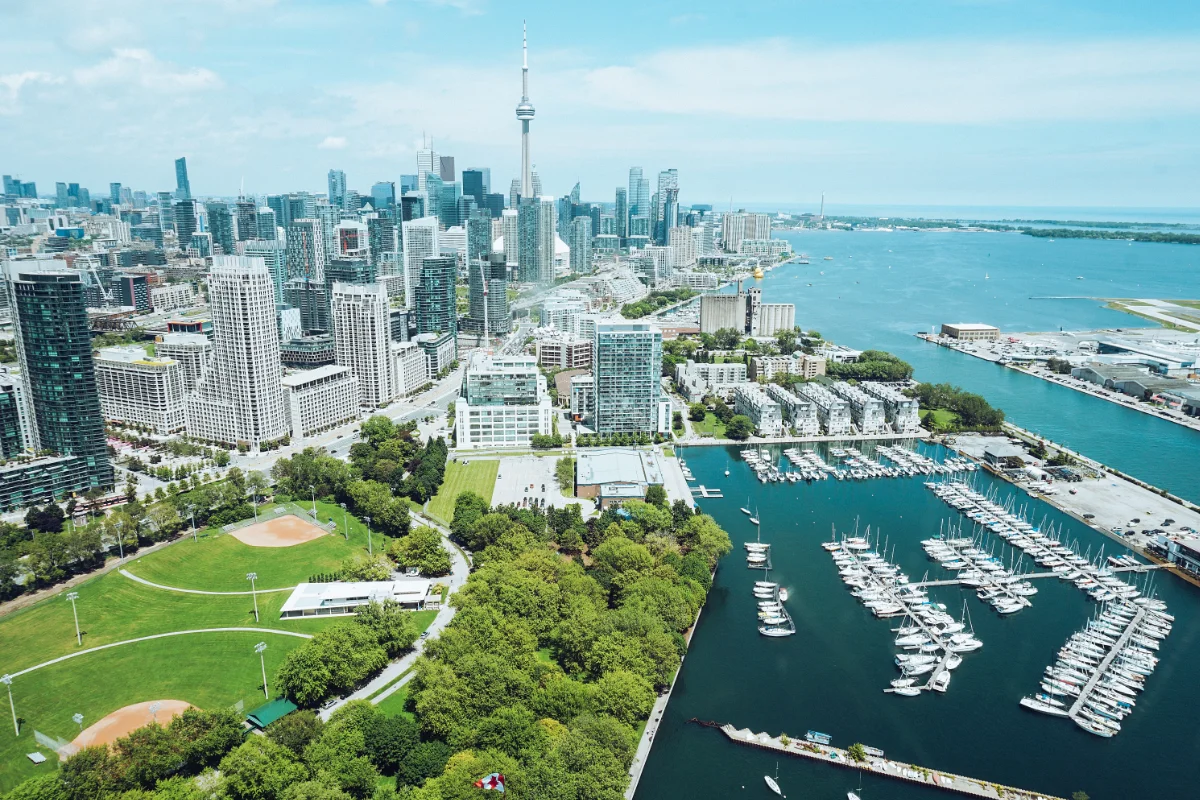
Community Overview
Downtown East
Downtown East, defined by TRREB as the C08 community, is one of the oldest and most historic parts of our country. In terms of land area and overall sales activity, it is about half the size of Downtown West, with a similar housing mix that is dominated by condos. Compared to Downtown West, condos in Downtown East are typically older, more spacious, and less associated with high-rise building formats.
In the second quarter of 2024, Downtown East reported an average sale price of $803K, down 5.1% year-over-year. Like Downtown West, inventory ballooned following June and July rate hikes in 2023 and has remained relatively high at over 5 months in 2024. These supply levels are close to double what buyers are used to since 2019. As expected from these high supply levels, properties in Downtown East are taking 26 days to sell on average, 7 days longer than a year ago and continuing to lag all property types and regions within Toronto proper.
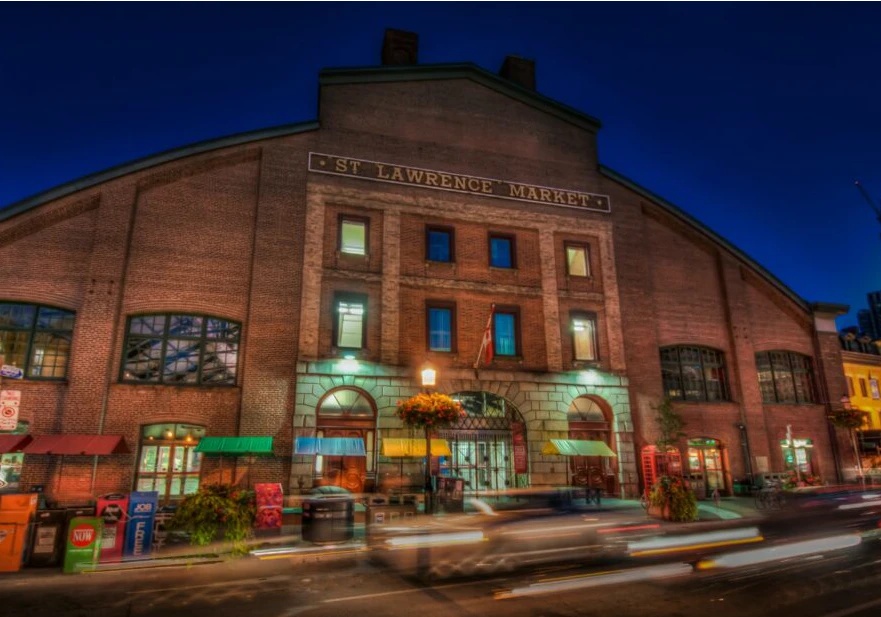
Community Overview
Midtown Toronto
Midtown Toronto is the largest region in the Toronto municipality in terms of overall sales activity. It is also the most expensive, with an average price of $1,520K in the second quarter. Midtown Toronto is bounded by Bloor Street to the south, Steeles Avenue along the northern municipal boundary, and Etobicoke and Scarborough to the west and east. Collectively, resale activity in Midtown is about 60% condos, with a drastic difference in average price between the two property types. Condos in Midtown are similar to the downtown core, with an average sale price of $903K in the second quarter of 2024. Freeholds, on the other hand, are dramatically more expensive with an average price of $2.4 million in Q2-24. Compared to last year's spring market, Midtown prices for freeholds are down year-over-year while condos are up slightly. As a whole, Midtown continues to outperform the downtown core, up 1% year-over-year. Midtown's outperformance for price growth since 2022 is driven by its greater share of detached homes, with this property type featuring limited new supply across all of Toronto proper.
During the second quarter, both property types in Midtown are taking longer to sell than they were a year ago, now at 21 days on average. At over 3 months of supply for both property types, inventory is up from the prior year quarter, year-over-year, and trailing 5-year average, driven by challenging market conditions for both buyers and mortgage-holders.

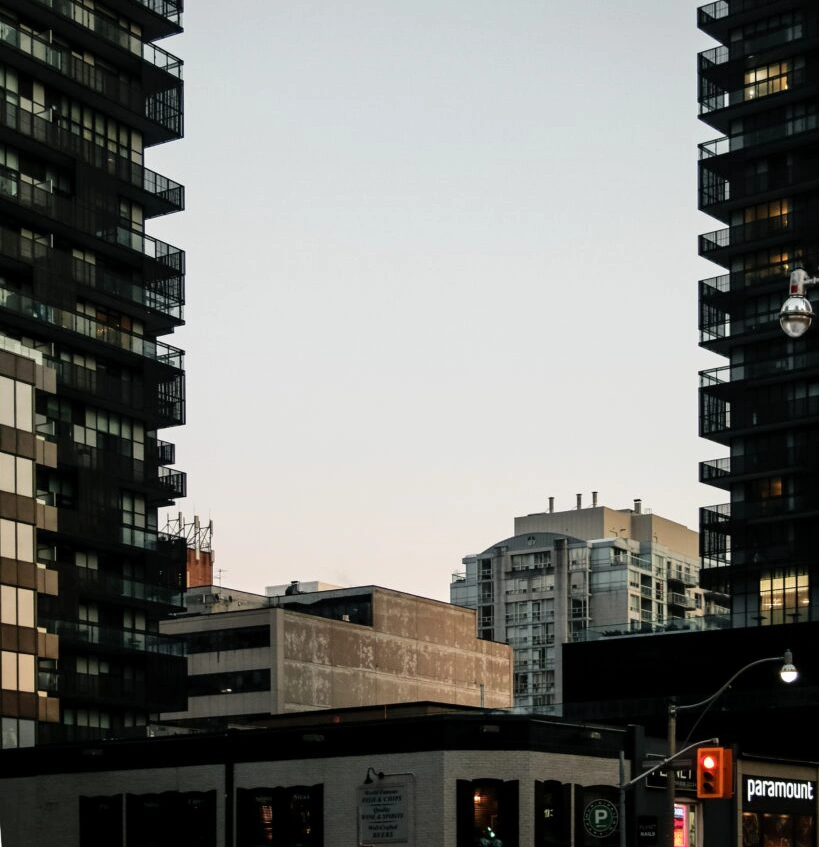
Community Overview
Etobicoke and the West End
Etobicoke and the West End, defined by TRREB as communities W01 thru W10, forms the entire western portion of the Toronto municipality, with similar resale activity to Midtown Toronto. Collectively, Etobicoke's current housing mix is split equally between freeholds and condos, although condos continue to grow in prominence.
During the second quarter, the average sale price in Etobicoke was around $1,101K, up 3% year-over-year. However, when normalizing for shifting housing mix across different periods, freeholds are up 2% while condos in Etobicoke are down 1% from a year ago. Freeholds in Etobicoke ended the quarter at $1,442K, roughly twice the price of an Etobicoke condo at $702K in Q2-2024. Etobicoke inventory fell to start the new year but has risen for both property types in the second quarter, with freehold inventory remains relatively tight at two months. Like all regions in Toronto, properties in Etobicoke are also taking longer to sell than a year ago, now 20 days on average with condos taking 10 days longer to sell than Etobicoke freeholds.
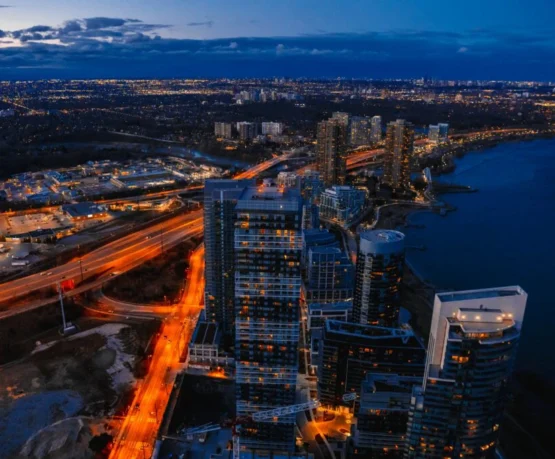
Community Overview
Scarborough and the East End
Scarborough and the East End, defined by TRREB as communities E01 through E11, forms the entire eastern portion of the Toronto municipality, with overall resale activity slightly less than Midtown Toronto and Etobicoke. Starting along the lakeshore, the region is bounded to the west by the Don Valley Parkway, while Victoria Park Avenue forms the remainder of its western boundary up to Steeles Avenue.
East of Victoria Park Avenue and towards the Pickering townline, Scarborough features a greater share of suburban neighbourhoods comprised of detached and semi-detached homes. The area also has an abundance of green space, both along the lakeshore escarpment and throughout the city interior. Prominent neighbourhoods within East Scarborough include Cliffcrest, Woburn, and Agincourt. Collectively, Scarborough features the greatest share of freehold properties in the city, with only 38% of homes sold relating to condominiums.
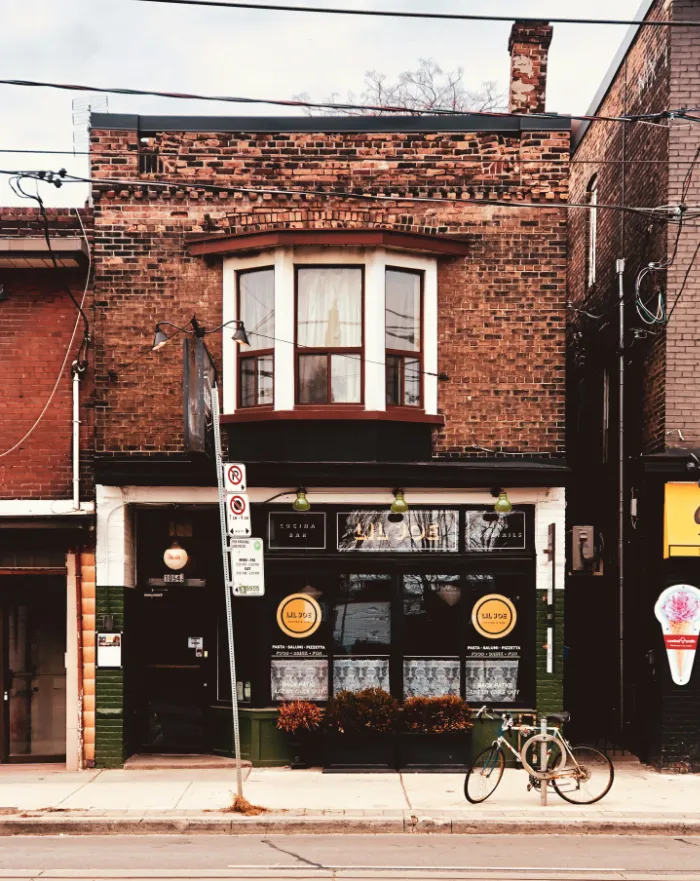
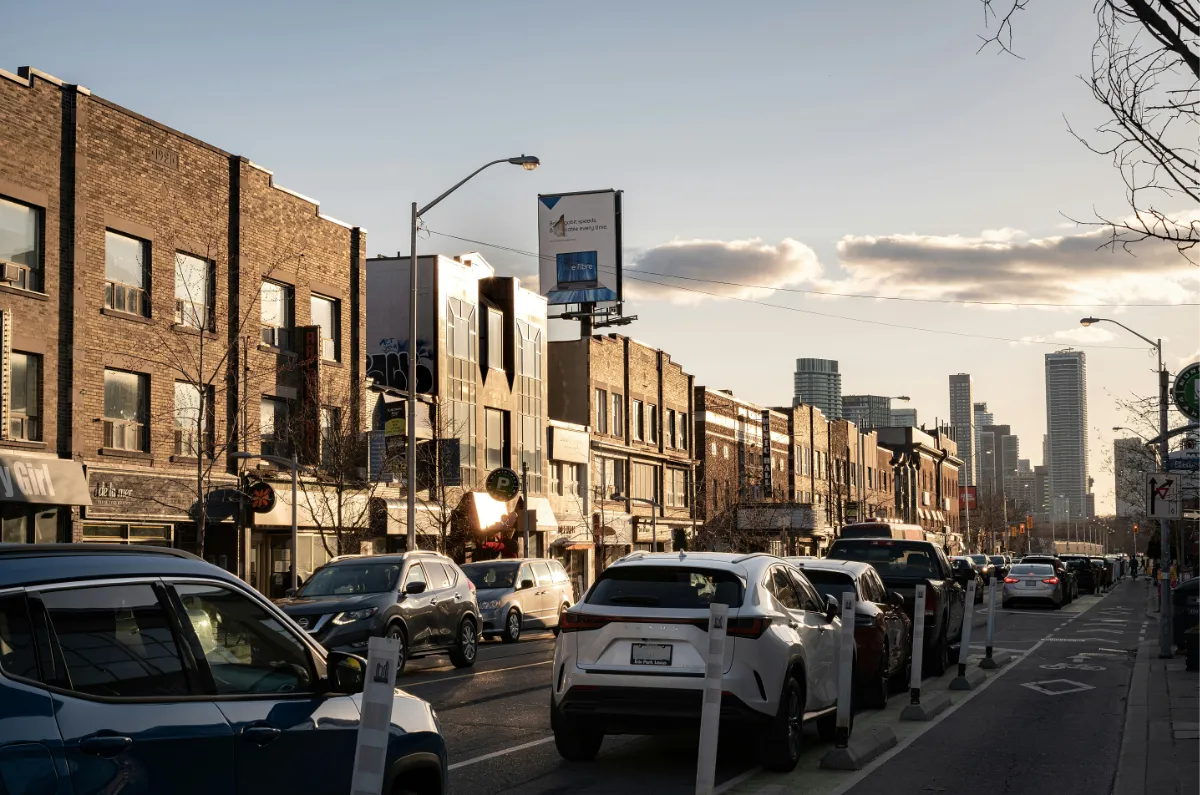
Historically and to this day, Scarborough is the most affordable region within Toronto, with average prices of $668K for condos and $1,332K for freeholds in the second quarter. Across all properties, the Scarborough average price is more or less unchanged from a year ago, with condos outperforming freeholds year-over-year.
Notably, freehold properties in Scarborough continue to have the lowest inventory in the city at only six weeks of supply. Across all Scarborough homes, inventory averaged 2 months in the second quarter. As expected from this limited supply, properties in Scarborough continue to sell faster than anywhere in the city, with Scarborough freeholds selling quickly at 11 days on average. However, with many buyers continuing to hold out for lower rates, inventory and selling times are still up from a year ago.
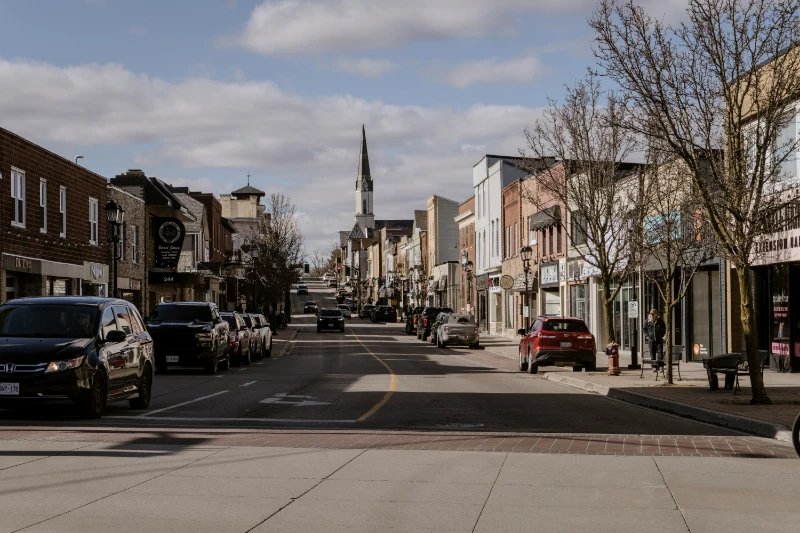
Community Overview
Surrounding GTA
After outperforming in 2022, price growth in Toronto proper was back in line with the surrounding GTA, which also ended the year up 2%. The surrounding GTA experienced a more significant correction during 2022 and is still well below its pandemic peak for average sale prices. North of the Toronto municipal boundary at Steeles Avenue, York region consists of a variety of high-growth, expensive cities such as Markham, Richmond, Newmarket, and Aurora. Further north are the regions of Simcoe and Dufferin, which include the cities of Orangeville, Innisfil, and Bradford. In the second quarter of 2024, York region had an average sale price of $1,321K, flat year-over-year, while Simcoe and Dufferin are more affordable at $948K and $821K respectively.
To the west of Etobicoke, regions covered by TRREB include Peel and Halton. Peel region includes the cities of Brampton and Mississauga, while Halton includes luxury Oakville, Milton, and Burlington markets. During the second quarter, Peel region recorded an average sale price of $1,059K, down 1.1% from a year ago, while Halton’s average sale price of $1,248K was up 0.6% on the year. Finally, east of the Pickering-Scarborough townline, TRREB covers the Durham region, which includes the cities of Ajax, Pickering, Whitby, and Oshawa, amongst others. Durham region had an average sale price of $928K in the second quarter, flat year-over-year.
Archived Reports
Toronto Market Updates
Third Quarter 2023 Market Report
Second Quarter 2023 Market Report
Summary
The Toronto Market report will be updated on a quarterly basis. Every market is different, but understanding available inventory levels alongside recent price and market trends can help prospective buyers and sellers make more informed decisions. Subscribe to quarterly updates of the Toronto Market Report by completing the contact form below.
Thank you for taking the time to read this article. As you contemplate the next steps in your real estate journey, there are a variety of helpful online resources you can leverage, such as realtor.ca, the Canadian Mortgage and Housing Corp, and historical sales data and market insights from leading real estate websites like Zolo, Royal LePage, HouseSigma, and Wahi.

